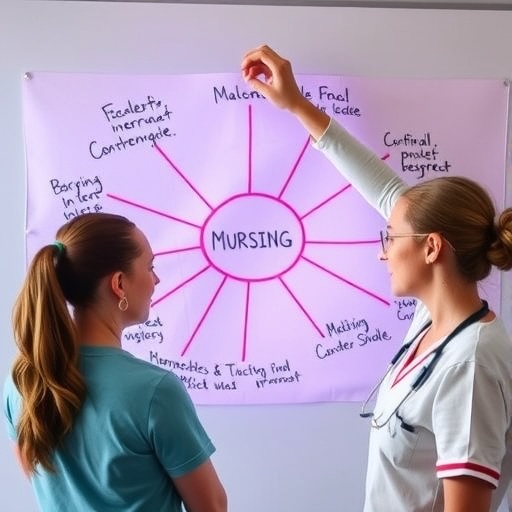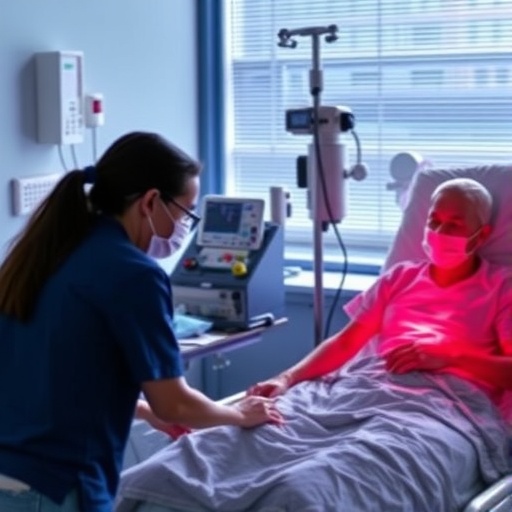SAN DIEGO – September 24, 2018 – Results from the Lipid-Rich Plaque (LRP) study demonstrate the correlation between the presence of non-flow-limiting, non-intervened upon, lipid-rich plaques detected by NIRS-IVUS imaging and the development of a major adverse cardiac event (MACE) from a de novo culprit lesion at both the patient level (vulnerable patients) and segment level (vulnerable plaques) within 24 months post intravascular imaging.
Findings were reported today at the 30th annual Transcatheter Cardiovascular Therapeutics (TCT) scientific symposium. Sponsored by the Cardiovascular Research Foundation (CRF), TCT is the world's premier educational meeting specializing in interventional cardiovascular medicine.
Coronary lipid-rich plaques may be associated with subsequent cardiovascular events and it has been hypothesized that the outcome post-PCI could be improved by the detection and subsequent treatment of vulnerable patients and lipid-rich vulnerable coronary plaques. Intravascular near-infrared spectroscopy (NIRS) is available as a dual modality catheter with simultaneous, co-registered intravascular ultrasound (IVUS).
From February 2014 to March 2016, a total of 1,563 patients with suspected coronary artery disease who underwent cardiac catheterization with PCI for an index event were enrolled at 44 sites in the United States and Europe. Imaging by NIRS-IVUS was performed in two or more arteries and patient level and plaque level events were detected for two years. All patients with at least one maxLCBI4mm segment greater than or equal to 250 and a randomly selected 50% of patients with all maxLCBI4mm segments less than 250 were followed.
In the vulnerable patient-level analysis, the risk of experiencing non-culprit MACE event within 24 months was 18% higher with each 100 unit increase in maxLCBI4mm. Patients with maxLCBI4mm ?400 had a MACE rate of 12.6% compared with 6.3% for patients with maxLCBI4mm?400. In the vulnerable plaque-level analysis, the risk of experiencing an event in a coronary segment within 24 months was 45% higher with each 100 unit increase in maxLCBI4mm. Plaque with maxLCBI4mm ?400 had a MACE rate of 3.7% compared to 0.8% for plaque with maxLCBI4mm?400.
"Multi-vessel NIRS can be easily and safely performed to assess and identify vulnerable patients and vulnerable plaques," said Ron Waksman, MD, associate director of the Division of Cardiology at MedStar Heart Institute in Washington, D.C. "Intravascular NIRS imaging in mildly or non-obstructive coronary arteries can be used as a tool to identify both patients and non-culprit arteries at high risk for future events and should be considered for use in patients undergoing cardiac catheterization with possible PCI."
###
The LRP study was funded by Infraredx Nipro Company. Dr. Waksman disclosed that he is on advisory boards for Abbott Vascular, Amgen, Boston Scientific, Medtronic, Philips Volcano, Pi-Cardia LTD, and Cardioset; a consultant for Abbott Vascular, Amgen, Biosensors, Biotronik, Boston Scientific, Medtronic, and Philips Volcano; and received grant support from Abbott Vascular, AstraZeneca, Biosensors, Biotronik, Boston Scientific, and Chiesi. In addition, he is part of the AstraZeneca and Chiesi speaker's bureaus; and is an equity holder in MedAlliance, DOMed, Pi-Cardia LTD and Cardioset.
About CRF and TCT
The Cardiovascular Research Foundation (CRF) is a nonprofit research and educational organization dedicated to helping doctors improve survival and quality of life for people suffering from heart and vascular disease. For over 25 years, CRF has helped pioneer innovations in interventional cardiology and educated doctors on the latest treatments for heart disease.
Transcatheter Cardiovascular Therapeutics (TCT) is the annual scientific symposium of CRF and the world's premier educational meeting specializing in interventional cardiovascular medicine. Now in its 30th year, TCT features major medical research breakthroughs and gathers leading researchers and clinicians from around the world to present and discuss the latest evidence-based research in the field.
For more information, visit http://www.crf.org and http://www.tctconference.com.
Media Contact
Judy Romero
[email protected]
@CRFHeart
http://www.crf.org
https://www.crf.org/crf/news-and-events/news/news/2723-nirs-ivus-detects-patients-and-plaques-vulnerable-to-subsequent-adverse-coronary-events




